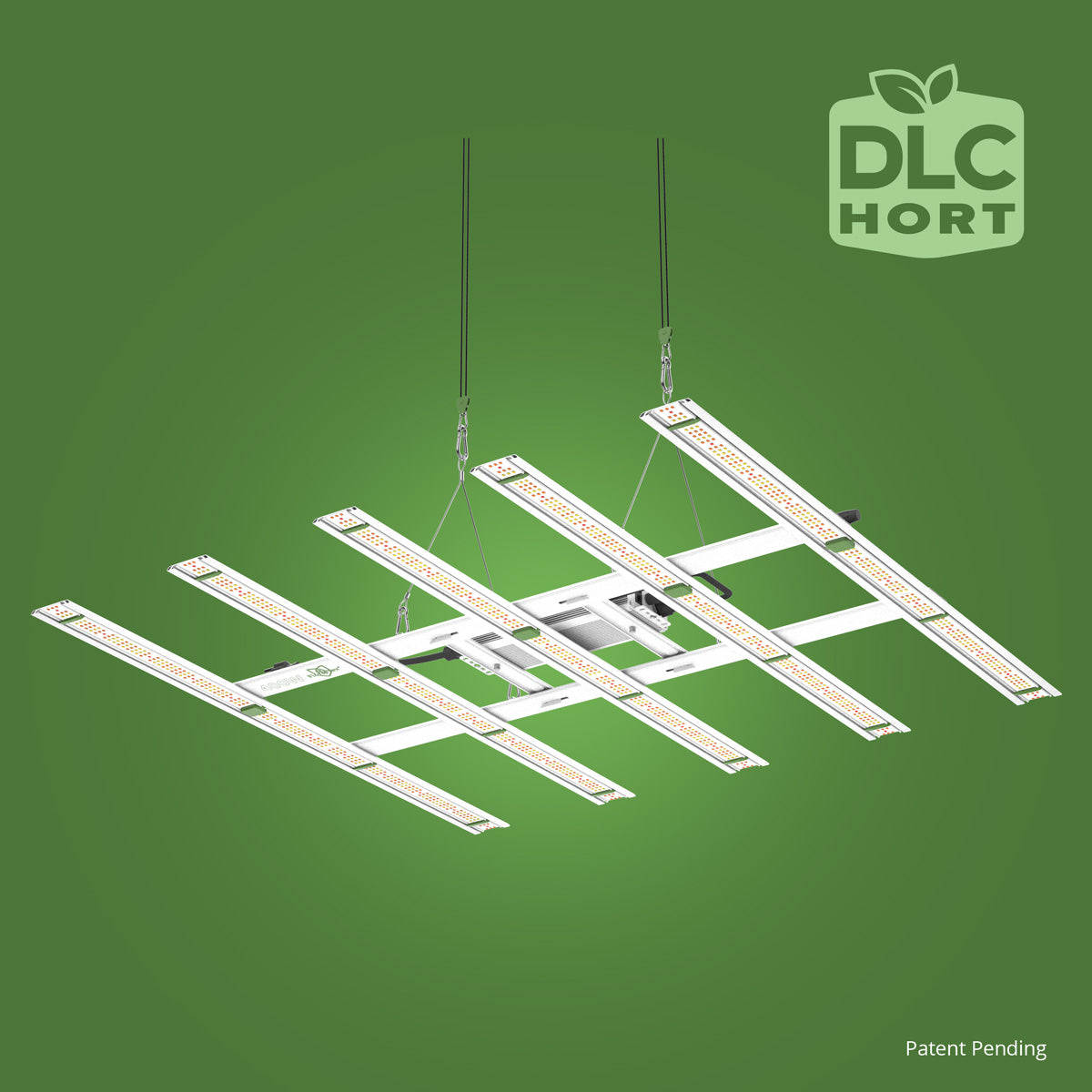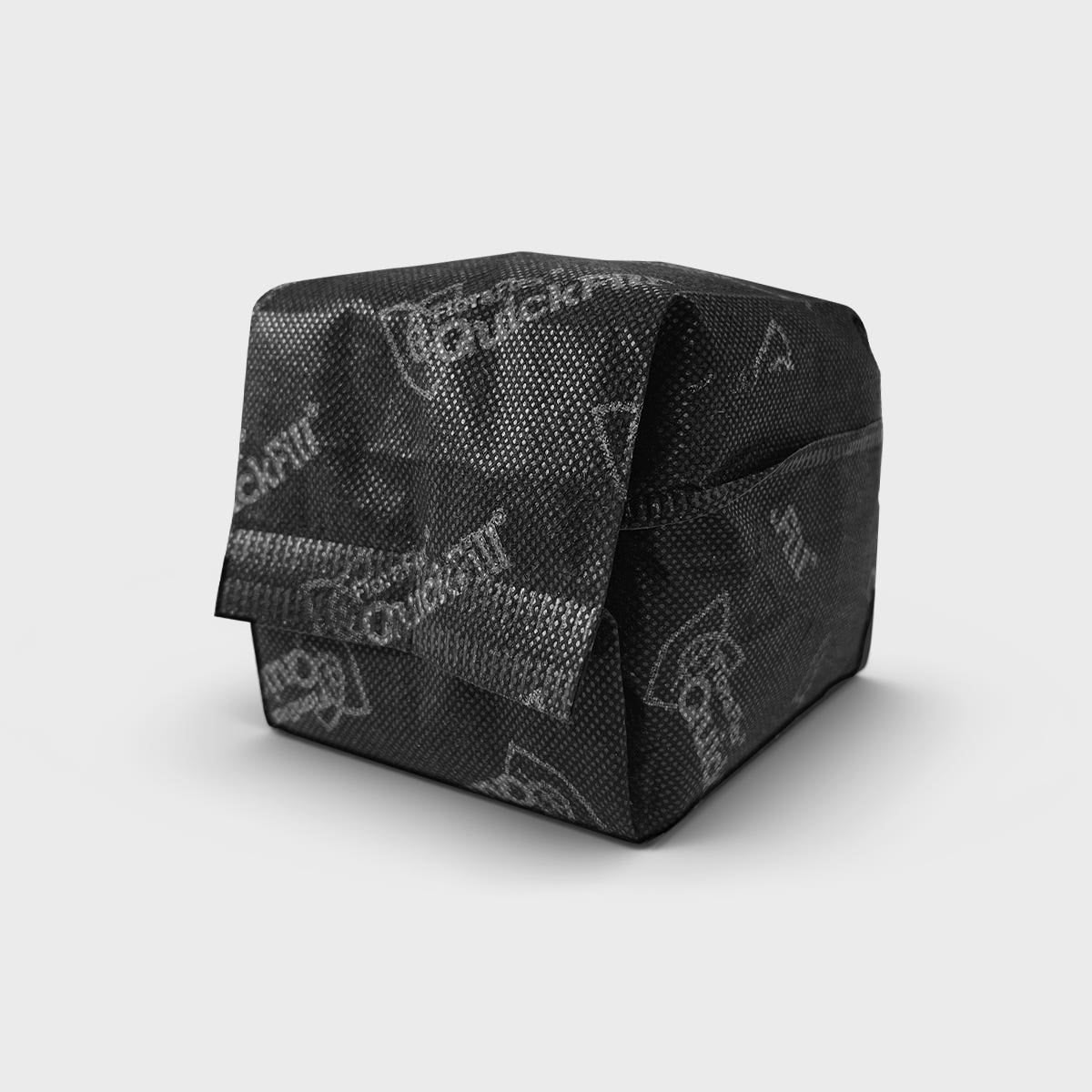Hydroponic systems offer a sustainable and efficient way to grow plants without soil. They rely on a carefully designed setup that includes various components such as tables, trays, and reservoirs. Choosing the right table, tray, and reservoir is crucial to ensure the success of your hydroponic system. In this article, we will explore the factors to consider when selecting these components and provide insights into making informed decisions.
Hydroponics, a soil-less cultivation method, has gained popularity among gardening enthusiasts and commercial growers alike. By providing plants with a nutrient-rich water solution, hydroponic systems enable faster growth, higher yields, and better control over environmental conditions. However, to harness the full potential of hydroponics, it's essential to pay attention to the foundational elements, including the table, tray, and reservoir.
2. Understanding Hydroponic Systems
What is Hydroponics?
Hydroponics is a cultivation technique that involves growing plants in a water-based solution enriched with nutrients. The plants receive support through an inert medium such as perlite, vermiculite, or coconut coir instead of traditional soil. This method allows for precise control over nutrient delivery, pH levels, and environmental factors like temperature and lighting.
Advantages of Hydroponic Systems
Hydroponic systems offer several advantages over traditional soil-based gardening. Firstly, they require less water since the nutrient solution is recirculated, minimizing wastage. Secondly, plants grown hydroponically tend to grow faster and produce higher yields due to the optimized nutrient availability. Additionally, hydroponics eliminates the risk of soil-borne diseases and allows for year-round cultivation in any climate.
3. Importance of Choosing the Right Table, Tray, and Reservoir
Proper Support and Stability
The table, tray, and reservoir form the foundation of your hydroponic system. They provide support and stability to your plants, ensuring they are securely positioned. A sturdy structure prevents accidents and damage to the plants, allowing them to grow undisturbed.
Efficient Water and Nutrient Management
An appropriate table, tray, and reservoir combination enables efficient water and nutrient management. The design should facilitate the proper distribution of the nutrient solution, ensuring each plant receives an adequate supply. This helps avoid overwatering or undernourishment, leading to healthier and more productive plants.
Space Utilization
Choosing the right table, tray, and reservoir also allows for optimal space utilization. Different hydroponic systems have varying space requirements, and selecting components that fit well within your available area maximizes the cultivation area and ensures efficient use of resources.
4. Factors to Consider When Choosing a Table, Tray, and Reservoir
Material
Tables, trays, and reservoirs are available in various materials, including plastic, metal, and wood. Each material has its own advantages and considerations. Plastic is lightweight, affordable, and easy to clean, making it a popular choice for hydroponic setups. Metal offers durability and strength but may be prone to corrosion. Wood provides a natural aesthetic but needs proper sealing to prevent water damage.
Size and Dimensions
The size and dimensions of the table, tray, and reservoir should match your specific needs and available space. Consider the number of plants you plan to grow, their mature size, and the layout of your cultivation area. Adequate space between plants is essential for air circulation and preventing the spread of diseases.
Drainage and Water Flow
Proper drainage is crucial in hydroponic systems to avoid waterlogging and root rot. Ensure that the table, tray, and reservoir have sufficient drainage holes and mechanisms to remove excess water. Efficient water flow prevents the accumulation of stagnant water and helps maintain optimal oxygen levels around the roots.
Accessibility and Maintenance
Ease of accessibility and maintenance is another important factor. Consider the convenience of accessing the plants, checking nutrient levels, and conducting routine maintenance tasks. Components that allow for easy cleaning and adjustment save time and effort in the long run.
5. Types of Tables, Trays, and Reservoirs
Plastic Tables, Trays, and Reservoirs
Plastic components are commonly used in hydroponic systems due to their affordability and versatility. They are lightweight, resistant to corrosion, and come in various sizes and designs. Plastic trays with built-in channels for water circulation and reservoirs with proper lid seals are widely available options.
Metal Tables, Trays, and Reservoirs
Metal components offer durability and strength, making them suitable for larger or commercial hydroponic setups. Stainless steel or galvanized metal tables and trays are resistant to corrosion and can withstand heavy loads. However, it's important to ensure proper sealing and coating to prevent any chemical reactions between the metal and the nutrient solution.
Wood Tables, Trays, and Reservoirs
Wood components provide a natural and aesthetically pleasing option for hydroponic systems. Cedar or redwood, known for their resistance to decay and moisture, are popular choices. However, wood requires thorough sealing to prevent water damage and should be regularly inspected for any signs of degradation.
6. Best Practices for Table, Tray, and Reservoir Selection
Consider Your Hydroponic System Type
Different hydroponic systems, such as nutrient film technique (NFT), deep water culture (DWC), or ebb and flow, have specific requirements. Consider the needs of your chosen system when selecting tables, trays, and reservoirs to ensure compatibility and optimal functionality.
Evaluate Your Space and Environment
Assess your available space, lighting conditions, and environmental factors such as humidity and temperature. These factors can influence the choice of materials and the size of the components. It's important to create a favorable environment for the plants to thrive.
Research and Read Reviews
Before making a purchase, conduct thorough research and read reviews from other hydroponic enthusiasts or professionals. Learn from their experiences and gather insights into the performance, durability, and maintenance requirements of different table, tray, and reservoir options.
Assess Long-Term Durability
Investing in durable components ensures the longevity of your hydroponic system. Consider the quality of materials, construction, and the reputation of the manufacturer. Although cost may be a factor, it's important to prioritize long-term durability and reliability over short-term savings.
Choosing the right table, tray, and reservoir is a critical step in setting up a successful hydroponic system. By providing proper support, efficient water and nutrient management, and effective space utilization, these components contribute to the overall productivity and health of your plants. Consider factors such as material, size, drainage, and maintenance when making your selection. Thorough research, evaluation of system requirements, and considering long-term durability will help you make informed decisions.








